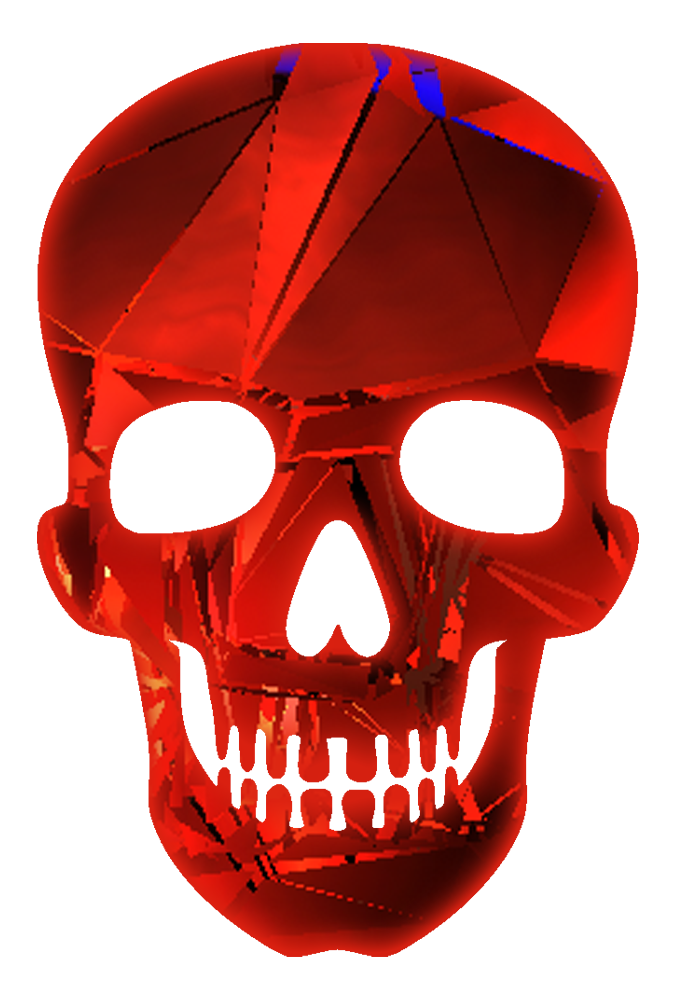
DANNY ELFMAN & TIM BURTON 25th ANNIVERSARY MUSIC BOX
14. Oddities and Ends

Oddities And Ends:
Now we’re getting into the weird stuff that falls between the cracks.
To start off with, excerpts from The Jar: This was one of two television projects I worked on with Tim. It was for a new reboot of the 1960s TV show Alfred Hitchcock Presents, where the Master himself hosted half-hour mystery telecasts. When the show came back in the ’80s, it was obviously without Hitchcock, but the intent was to redo stories from the old show with new directors and writers. The Jar was always a good one from the original series, and I can see why Tim was eager to jump on it. For my score, the fun was working with a small orchestra. Tiny budget aside, I thought it would be enjoyable to work with a chamber group instead of an orchestra like Bernard Herrmann would sometimes do. This is the result.
Next came “Family Dog” for Amazing Stories. It was a silly, really fun, animated episode that Brad Bird directed using the characters that Tim created. It was a nice little break from the arduous schedules that feature films have. Sadly, this is all we could find, and it seems the score in its entirety seems to have fallen into a wormhole and only exist in some other dimension at this point. I later scored the Main and End Titles for a short-lived animated series based on the Amazing Stories pilot. Some detective work unearthed that music.
Tim’s recent show at the Museum of Modern Art (MoMA) in New York was an incredible event for me to witness and to be part of in a small way. Tim needed music for some of the installations, and I was happy to oblige. Although he only needed two pieces, I wrote about 20 and would not have stopped if I hadn’t been forced to. I was in the middle of a score at the time…and it was like getting leave from the Marine Corps to go to play in a carnival for a few days! The MOMA music was all done with synthesizers at home.
And while I’m on the subject of home music, next up is The World Of Stainboy. This actually has a lot in common with the MoMA music, even though it was done many years earlier. The intention was the same—just to have a good time. No pressure, just fun. Stainboy was an early attempt to get something interesting happening on the Internet when it was still quite young. The idea was a series of animated shorts done by Tim. My music would play along, but the funny part is that depending on the speed of the user’s computer, the music would or wouldn’t play in sync with the animation, as the visual and sound playback systems came from two different elements. It makes my brain hurt to think about it now. I know it sounds weird, but that’s the way it was back then. It was still a funky system. But I didn’t really care. I loved the character and I had a great time doing it.
Quite the opposite experience would be the Edward Scissorhand Ballet that never happened. The sad history of this is recounted in the book, so I won’t go into it again. After all this time, it still makes me melancholy to hear these synth mock-ups that I created early on in the formation of the ballet. These musical ideas were based on a rough outline of the story the ballet would be interpreting. I chose a number of scenes to try and get myself started and find a musical language to work with: The Intro piece, “Edward and His Creator” loosely follows the story from the film. “Hooligans,” where Edward was to encounter a rough group of teens and get into a fight, and “Kim’s Room,” where there’s quite a bit of storytelling and different dances going on—but I can barely remember what they are now. I suppose you can use your imagination. Each section had a rough idea in place. My goal was to create an original score that would drop in and out of the film’s preexisting musical themes, but more importantly to establish new themes for the characters that would feel compatible with what I had already written. It was very difficult and challenging. Something new, yet something that would work seamlessly with already-written music. I still believe that this could have been a really interesting piece of music had it ever been finished. This was way before I had any thoughts of doing concert music. And listening to it, I can hear where I might have been yearning to do music that stretched beyond what I was permitted to do in films—something with a little more harmonic complexity and freedom. At any rate, I would have to wait many years to finally get my chance to compose a ballet. This one was not to be.
These demos were all done working at home and they’re very rough and unpolished—for the purpose of getting some ideas out there. Technically, they sound pretty funky to me now, even though I am very fond of the music. These demos were certainly never meant to be heard publicly, and have, in fact, been heard by practically no one until now.
9 is a much happier story. The animated fantasy was directed by Shane Acker, and Tim was a producer (as well as Timur Bekmambetov, who I’ve also had the pleasure of working with previously). I couldn’t score it myself because I believe I was on Milk at that time, but I offered to write musical themes instead. Deborah Lurie, whom I had worked with before, came on to score the film. These are some of my synth demos that I gave them to do with what they pleased.
And finally what oddity collection would be complete without five “Futterwackens”? I think I actually wrote 7,247 “Futterwacken” arrangements for Alice In Wonderland and these are my favorites. To make a long story short, there were many possible ways to play that scene, and Tim needed to try out some different ideas. It was a very tricky to score, as the dancing had already been filmed. The last Futterwacken, is the one that ended up in the film.
—DE

